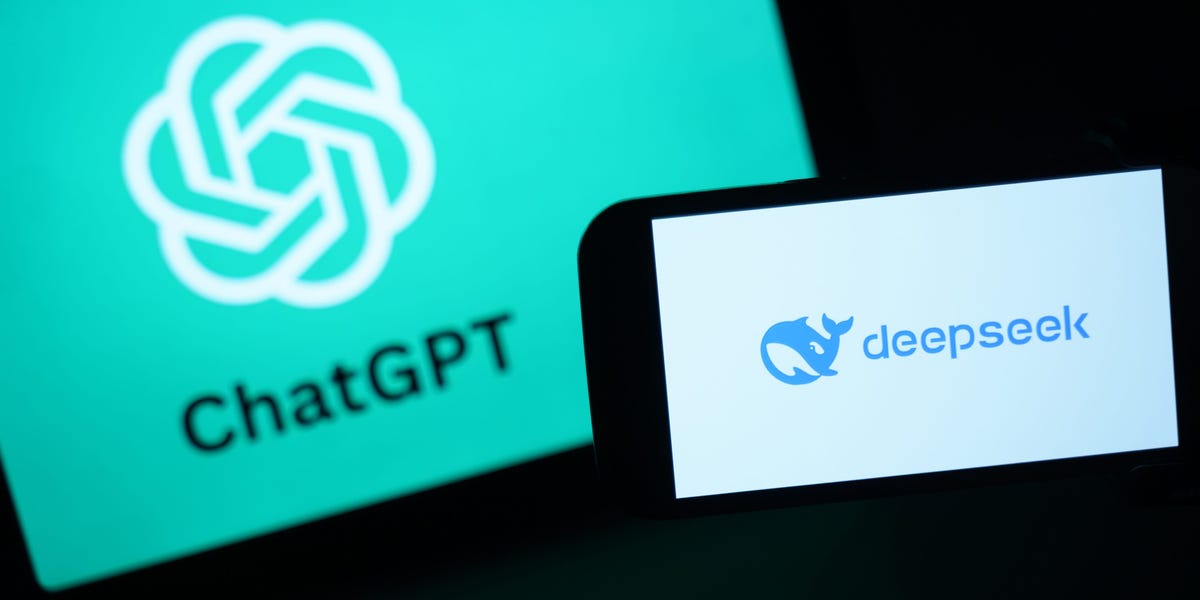AI Models Become Trapped in Overthinking—Nvidia and Google Offer Solutions.

Understanding the Recent Developments in Large Language Models
Large language models (LLMs) are becoming increasingly sophisticated, aiming to mimic human-like reasoning. Recent advancements show that these models are not just generating text but they’re also capable of self-assessment and reflection on their logic. However, a growing concern has emerged: overthinking can lead to a decline in the quality of their responses.
The Challenge of Overthinking
Models such as OpenAI’s o1 and DeepSeek’s R1 have been designed to evaluate their own reasoning processes and answers. Yet, experts have noted that if these models ponder for too long, their responses can become inaccurate. Jared Quincy Davis, CEO of Foundry, highlighted this issue by comparing it to a student who spends excessive time on a single exam question. This kind of "overthinking" can create a loop where the model becomes stuck, just like a learner might when they second-guess themselves too much.
Introducing Ember: A New Framework
To address these challenges, Davis, alongside teams from tech giants like Nvidia, Google, IBM, MIT, and Stanford, has introduced a cutting-edge open-source framework called Ember. Launched recently, Ember is expected to mark a significant evolution in how large language models function.
Reconciling Overthinking with Inference-Time Scaling
The notion of overthinking is in direct contrast to another recent trend: inference-time scaling. This concept has been praised for enhancing model responses by allowing for longer processing times. The difference lies in how developers will approach these systems moving forward. Davis asserts that while both reasoning models and time scaling are substantial improvements, future developments will require a different perspective. In this new framework, researchers have combined a method previously experimented with by Davis, where he would query ChatGPT multiple times for the best response. Ember aims to expand this approach by creating sophisticated systems that utilize a variety of models, each optimized for specific tasks based on the complexity of questions.
The Future of Model Selection
In traditional setups, users typically select their model using dropdown menus. However, the future may hold a different approach. As AI companies strive for better outcomes, questions could be routed through various models, each chosen for efficiency and effectiveness.
Davis imagined a world where, rather than using just a handful of calls to models, systems could make trillions of calls across numerous models. This means determining which model is most suited for specific tasks. For instance, should all queries utilize GPT-4, or are there instances where older versions or different models would yield better results? This kind of dynamic reasoning is expected to shape the way we interact with AI.
Complex Systems and New Science
Davis likened these advanced AI systems to chemical engineering, stating that this represents a groundbreaking area in machine learning. The emerging capabilities of models, now capable of combining various pathways for answering questions, signal a substantial shift away from the simple question-answer paradigm that has characterized interactions with AI thus far.
As these models evolve, it is clear they will begin to operate on a different level of complexity and autonomy. This shift is essential as we approach a future where AI agents may perform tasks independently, without human guidance or oversight.
If you have any insights or tips to share, feel free to reach out.





